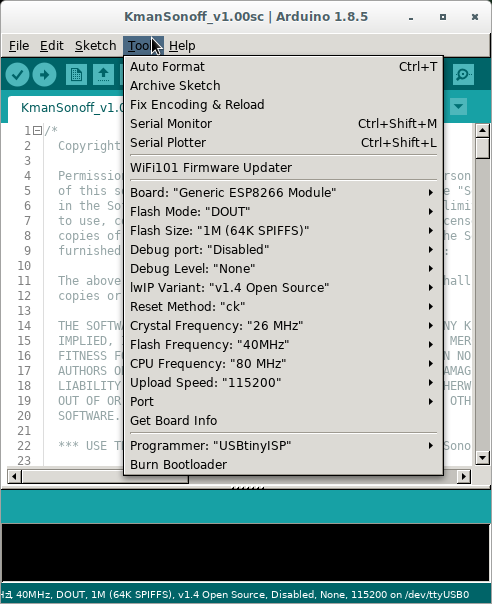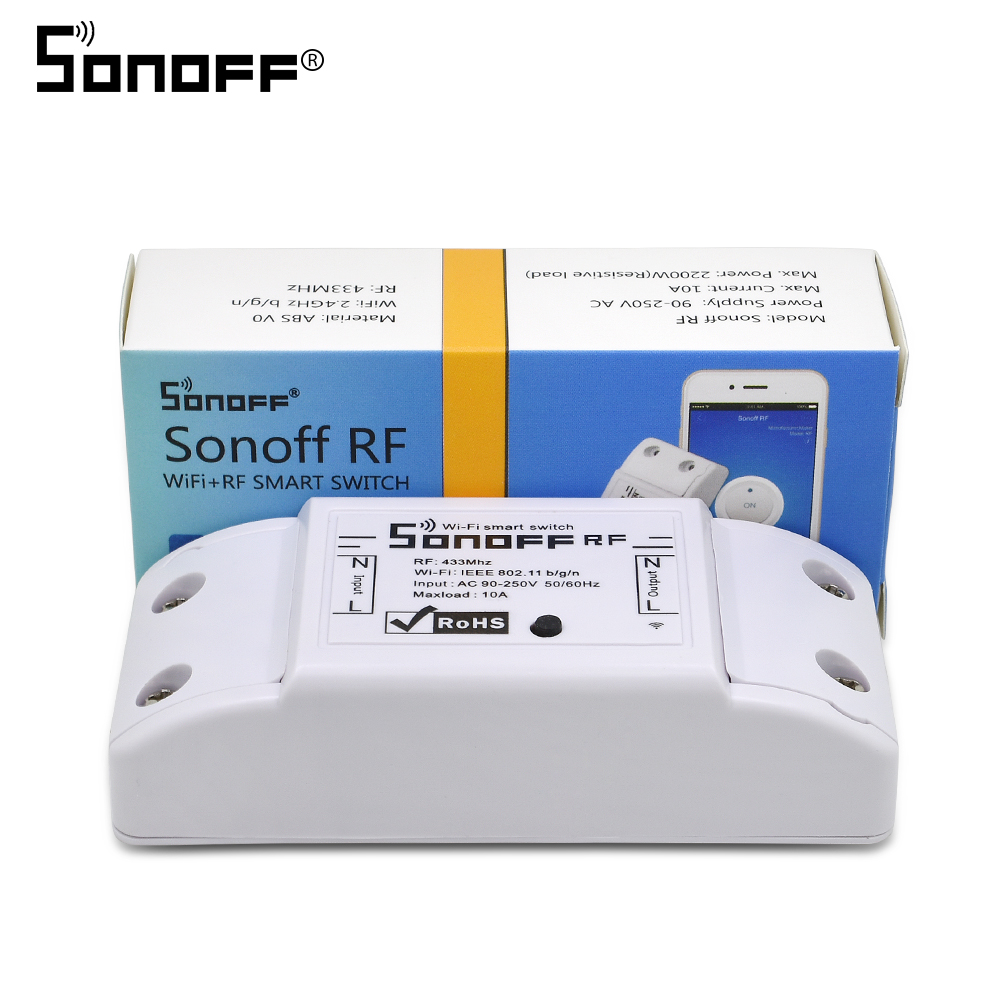💬 Sonoff relay using MySensors ESP8266 wifi or mqtt gateway
-
@Jan-Gatzke It is my understanding that ESP Easy can send and receive MQTT messages, couldn't you just use a MySensors MQTT gateway if you wanted to keep it on the MySensors path?
@dbemowsk You cannot because MQTT is just a transport and not a strict data format. You can however use MySenSors MQTT + ESP Easy MQTT + a broker + node red + a controller. Node Red can do data conversions and integrate everything.
-
@dbemowsk You cannot because MQTT is just a transport and not a strict data format. You can however use MySenSors MQTT + ESP Easy MQTT + a broker + node red + a controller. Node Red can do data conversions and integrate everything.
@Jan-Gatzke I was just speculating. I do not use MQTT, so I am by no means an authority on the subject.
-
It's a shame that we cannot have both, mysensors and the ESP Easy stuff. There has been a project for this: https://github.com/letscontrolit/ESPEasyMySensors :disappointed_relieved:
@Jan-Gatzke said in 💬 Sonoff relay using MySensors ESP8266 wifi or mqtt gateway:
It's a shame that we cannot have both, mysensors and the ESP Easy stuff. There has been a project for this: https://github.com/letscontrolit/ESPEasyMySensors :disappointed_relieved:
There is no real benefit to have the sonoff running mysensors instead of other firmwares, if your controller is able to communicate over mqtt to switch on/off the relay, you are fine
-
@Jan-Gatzke said in 💬 Sonoff relay using MySensors ESP8266 wifi or mqtt gateway:
It's a shame that we cannot have both, mysensors and the ESP Easy stuff. There has been a project for this: https://github.com/letscontrolit/ESPEasyMySensors :disappointed_relieved:
There is no real benefit to have the sonoff running mysensors instead of other firmwares, if your controller is able to communicate over mqtt to switch on/off the relay, you are fine
@gohan I know some controller are aware of ESP Easy via MQTT. If you controller does not support this directly, you have to integrate it manually (with node red). In my opinion scenarios, where MySensors with ESP Easy frontend would be of use, do still exist.
-
@Jan-Gatzke said in 💬 Sonoff relay using MySensors ESP8266 wifi or mqtt gateway:
It's a shame that we cannot have both, mysensors and the ESP Easy stuff. There has been a project for this: https://github.com/letscontrolit/ESPEasyMySensors :disappointed_relieved:
There is no real benefit to have the sonoff running mysensors instead of other firmwares, if your controller is able to communicate over mqtt to switch on/off the relay, you are fine
@gohan said in 💬 Sonoff relay using MySensors ESP8266 wifi or mqtt gateway:
There is no real benefit to have the sonoff running mysensors instead of other firmwares, if your controller is able to communicate over mqtt to switch on/off the relay, you are fine
IMHO there is one, when your controller is down, gateway is down or whatever, you could still have direct control or the light switch from a MySensors button with node to node communication.
-
@gohan said in 💬 Sonoff relay using MySensors ESP8266 wifi or mqtt gateway:
How do you do that if the sonoff is only having wifi?
Ah yes in that case you can't and yes there's no benefit :)
-
@gohan won't this option miss some features? :D
-
@gohan won't this option miss some features? :D
-
For the Sonoffs, you could wire an external button directly to the onboard button which is on GPIO 0, or you could wire it to GPIO 14 which is broken out on the programming header on most Sonoffs. Some older Sonoffs didn't have GPIO 14 on that header. Once you have a button or switch wired on, you can then change the code or do some firmware scripting depending which flavor of firmware you use.
-
@Jonathan-Caes said in 💬 Sonoff relay using MySensors ESP8266 wifi or mqtt gateway:
Do you know how I can setup the sonoff gateway on the Vera Edge?
I am using a Vera Plus. I did not go the route of MySensors for my Sonoffs. I use the ESP Easy firmware with a slightly modified Vera plugin. Here is my BLOG post on how to do it.
https://dan.bemowski.info/2017/07/04/using-a-sonoff-with-espeasy-and-vera/You could still go the MySensors route. I just figured I'd show another alternative to this.
-
@dbemowsk Do you know if there is a way to use vera edge / plus with Tasmota firmware instead of EasyESP??
@sam9s I have never played with Tasmota, so I have to say that I don't know. A Vera plugin would have to be coded or modified as I did with the HTTP Switch plugin to make it work if there is not one out there already. I am assuming that you looked at my blog post on the ESP Easy way.
-
I will just leave that here for other like me that wondered for hours why they could flash their sonoff, but it did not react once plugged to the main.
You need to setup your arduino with DOUT as flash mode.
Other mode will flash without errors, but the device will appear bricked.
My settings where:

-
I will just leave that here for other like me that wondered for hours why they could flash their sonoff, but it did not react once plugged to the main.
You need to setup your arduino with DOUT as flash mode.
Other mode will flash without errors, but the device will appear bricked.
My settings where:

-
Hello!
Maybe someone here has a code for Sonoff RF with support 433 MHz receiver?

In my opinion, paired with a wireless wall switch, this will turn out to be quite a cheap and convenient solution for lighting control.


The cost of a set of relay and switch about 10 dollars.
-
Did you try this?
https://github.com/arendst/Sonoff-Tasmota
